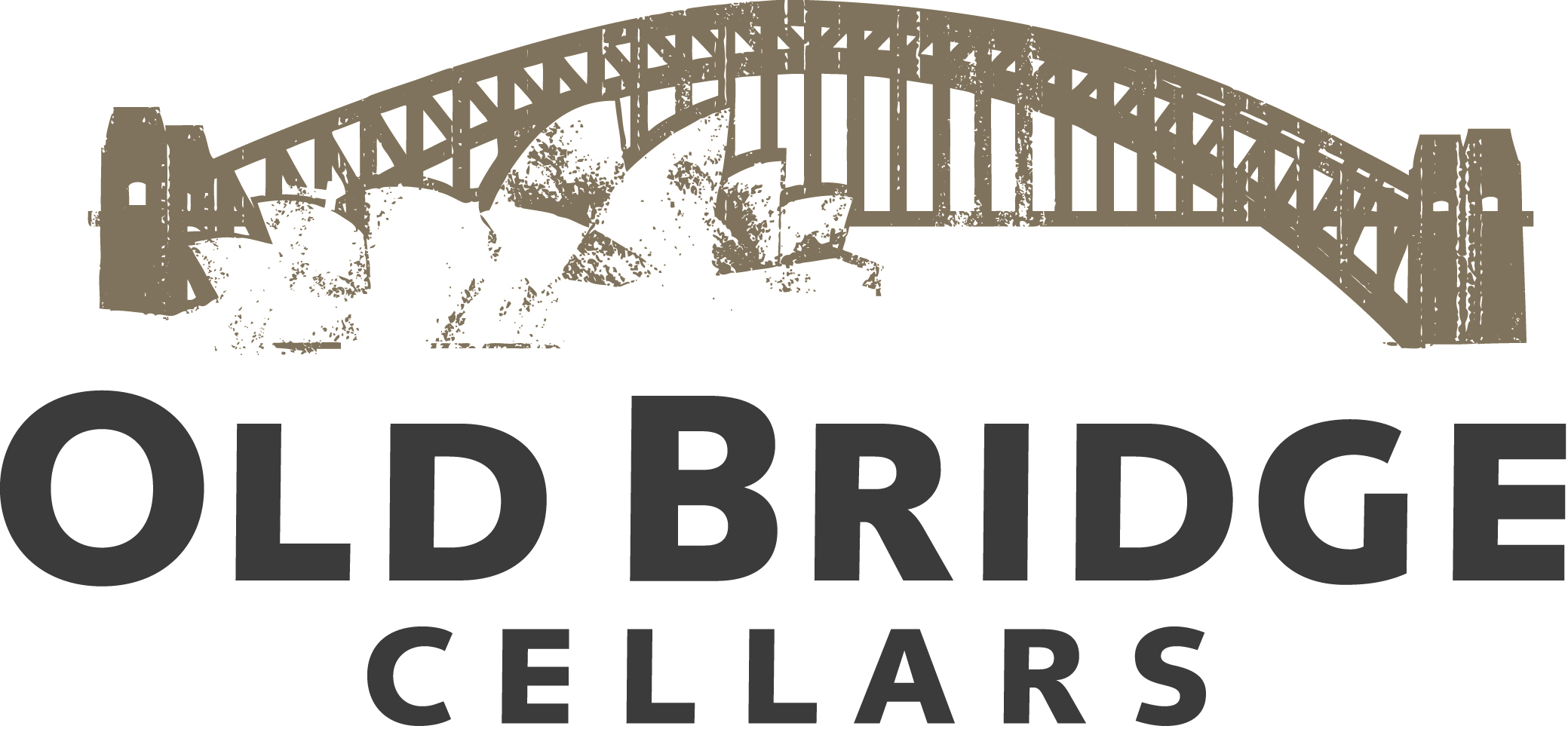Chapter 24 Wines Purchases Witness Tree and Five Other Vineyards in Oregon’s Willamette Valley
Wine Spectator
November 1, 2016
by Harvey Steiman
The Pinot Noir partnership involving Mark Tarlov and Burgundy’s Louis-Michel Liger-Belair assembles a 135-acre estate

Willamette Valley winegrowers were abuzz this fall as they watched vines being pulled at Witness Tree, a venerable vineyard and winery in Oregon’s Eola-Amity Hills AVA. Wine Spectator has learned that earlier this year the owners of Chapter 24 purchased the 100-acre site, planted in 1982, from Carolyn Devine and winemaker Steven Westby for $3.5 million.
The new owners have big plans. After making wine from purchased fruit for a few years, partners Mark Tarlov, a founder of Evening Land Vineyards and Louis-Michel Liger Belair, a Burgundy vigneron, are acquiring more than 100 acres across Willamette Valley for vineyards, focusing on volcanic soils.
At Witness Tree, they have already removed 30 acres of phylloxera-affected vines and are replanting. They have also cleared trees to prepare 15 additional acres. The magnificent oak tree at the top of the hill, for which the site was named, is now more visible, thanks to all the work, which cost $2 million. (The site is familiar to Tarlov—it sits just over the hill from Evening Land.)
Tarlov and Liger-Belair have moved Chapter 24’s production to Witness Tree’s 7,000-case winery in time for the 2016 vintage. They plan to build an addition to the winery to increase capacity to 15,000 cases. The new owners’ focus will be on fine-tuning the French-American partnership’s signature wines. Westby will continue to serve as winemaker for the Witness Tree label. Those wines will be sold from the tasting room on the property.
A related project will also make its Oregon wines at Witness Tree—Maison l’Envoyé, a partnership with Old Bridge Cellars that makes and markets wines from purchased grapes from Oregon, Tasmania and Burgundy.
Hunting fire
When Chapter 24 launched in 2012, the year Tarlov left Evening Land, Liger-Belair started by making wines with grapes purchased from 69 different growers in Willamette Valley. Blind tasting the results, the team easily sorted them into two distinct styles. The more structured, focused wines came from volcanic soils, laid down by ancient eruptions. Supple, easy-drinking wines were from sedimentary soils, laid down by ancient floods.
Chapter 24 labeled the blend from volcanic soils “Fire,” the other “Flood.” Both have received ratings of 90 points or higher on the Wine Spectator 100-point scale.
“We were making wines that were really nice, but I wanted something more specific about the character of place,” said Tarlov. “We have the talent to show people something about Oregon that is unique to us.”
What would Liger-Belair need, Tarlov asked, to take things up a notch or two? The Burgundian wanted wines of structure, like the “Fire” bottlings. “Louis-Michel was very clear that he wanted to work with vineyards planted in volcanic soils, east-facing hills, the midriff sections of the hills and with vineyards that we could control ourselves,” said Tarlov.
Tarlov put together investors to acquire vineyards, working with Liger-Belair’s terroir consultant, Pedro Parra of Chile. “We identified some very specific soil types in different areas that would give us [these] flavors and textures,” Tarlov said.
Liger-Belair was especially taken with vineyards on a stony stretch of basalt bedrock in Eola Hills stretching from Cristom through Evening Land’s Seven Springs Vineyard north to Jerusalem Hill, near Hopewell.
Two Oregon investors, Rick Miller and Ian Lombard, joined Tarlov in acquiring Witness Tree and 40 additional acres of existing vineyards in that stretch of Eola Hills. Another 13 acres of producing vineyard came with their purchase of Black Walnut Inn in Dundee Hills. They plan to convert the popular bed-and-breakfast to guest housing for VIP visitors.
A second partnership involving Mike Bechtold, the former president of Morgan Stanley in Asia, focused on acquiring unplanted sites, including 80 acres in the Chehalem Mountains AVA and 30 acres in Eola-Amity Hills. Tarlov expects to have 135 acres of estate vineyard under vine by 2018.
Chapter 24 has been working with a group of scientists at Massachusetts Institute of Technology to identify microflora in their various vineyards, especially yeast strains that they can encourage to make lighter, more complex wines. “Terroir is more than slopes and rocks,” said Tarlov. “The scientists at MIT identified 1,008 flavor compounds in one of our wines, and they think 40 percent of them come from the microflora, not the grapes. Louis-Michel didn’t think we had grand cru vineyards in Oregon, but when he heard that his energy level went through the roof.”
Plans are to put the best estate-grown grapes into single-vineyard bottlings, with the rest going into Fire + Flood. Total production is expected to remain around 7,000 cases as new vineyards replace purchased sources.
